-
 4152 Hits
4152 Hits
-
 79.78% Score
79.78% Score
-
 11 Votes
11 Votes
|
|
Area/Range |
|---|---|
|
|
45.22080°N / 91.40789°W |
|
|
Hiking, Skiing |
|
|
1100 ft / 335 m |
|
|
Overview
If you enjoy exploring areas scuplted by ancient glaciers, then you may appreciate the Chippewa Moraine of northern Wisconsin, which is a beautiful area of small lakes, glacial kettles, streams, and thick forests in the moraine area of Chippewa County west of the Chippewa River. The moraines are gentle hills and ridges formed by glacial activity so long ago, in which gravel, boulders and sand were piled in varying heights anywhere from ten feet to several hundred feet. There are a few named summits in the area, most notably Flambeau Ridge, situated next to the Chippewa River. Baldy Mountain and Pikes Peak, located very near the Ice Age Trail, are two other named summits, though they are actually just gentle hills. The exact area of the Chippewa Moraine is hard to define because there are no dramatic boundaries.
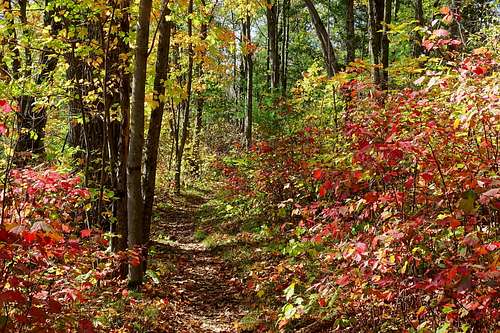
Though there is quite a bit of private property within the Chippewa Moraine area, public access abounds with many thousands of acres in the combined areas of the Chippewa Moraine State Recreation Area, the Chippewa County Forest and several state natural areas (SNA’s), which would include the Chippewa Moraine SNA, Town Line Lake & Woods SNA, North of North Shattuck Lake SNA, Dorothy Lake SNA, Deer Fly Swamp SNA and Plagge Woods SNA. Most of the public lands are owned by either Chippewa County or the Wisconsin Department of Natural Resources.
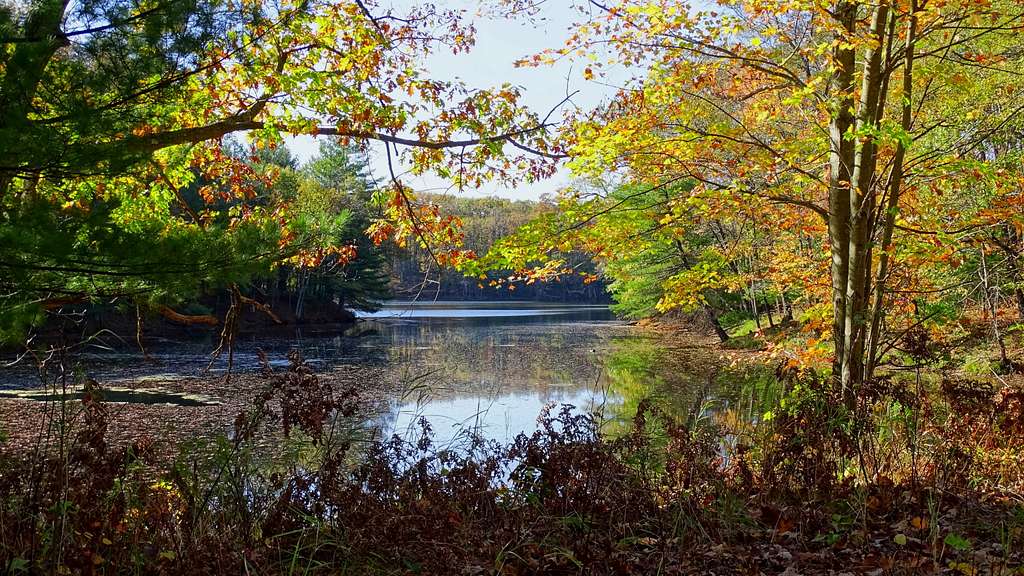
Wildlife common in the area would include white tail deer, black bears, bobcats, coyotes, red fox, gray fox, beavers, badgers, fishers, porcupines, skunks, snowshoe hares, otters, martens and occasionally a few wolves. Wild turkeys are common, as are wood ducks, mallards, geese, swans, owls, eagles, hawks and a host of other bird species. Bird watchers love the area for the great variety. Fishing is popular in the streams, lakes and kettles in the area, with northern pike, largemouth bass, walleyes, bluegills, rock bass and perch as some of the anglers’ favorites.

Trails are abundant throughout the moraine area, giving backpackers many options. Some of the “trails” are actually multi-use small gravel roads that can be used by hikers, bikers, equestrians, snowshoers, snowmobiles, ATV’s and skiers in the winter. Other trails are restricted solely to hikers. Some of the cross country ski trails are open for hiking and biking in the summer. Several camp sites located in the area, plus primitive camping options in the Chippewa County Forest, provide some great options for backpacking expeditions into the Chippewa Moraine’s rugged backcountry.
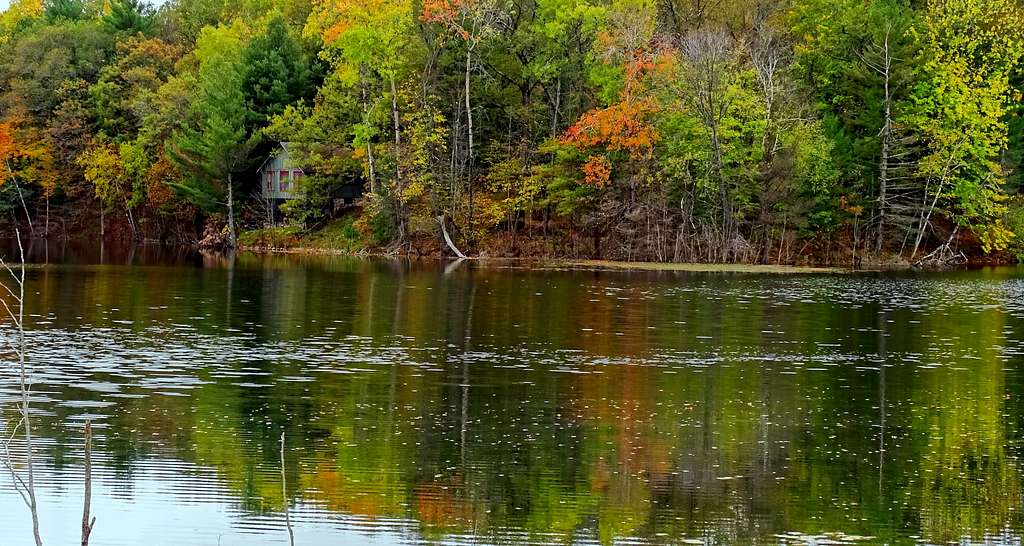
Other common activities in the Chippewa Moraine area include seasonal hunting and trapping. Ice fishing is also popular in some locations. Canoeing, kayaking and boating are popular with visitors to the area, and there are some developed resorts to the east along the Chippewa River. The two areas that usually see the greatest number of visitors would be the Chippewa Moraine State Recreation Area and the Chippewa County Forest.
The Chippewa Moraine State Recreation Area
The Chippewa Moraine State Recreation Area is a part of the Ice Age National Scientific Reserve, and is also considered to be a state park unit in Wisconsin, requiring a daily or annual vehicle pass. Most of the 3,063 acres are undeveloped, however there are “three hike-in” campsites nearby, available first-come, first-serve, plus there is a modern visitors center. Fifteen miles of trails pass through the recreation area, including nearly 8 miles of the Ice Age National Scenic Trail, plus three shorter trails near the visitors center, which is 7 miles east of New Auburn along County Road M.
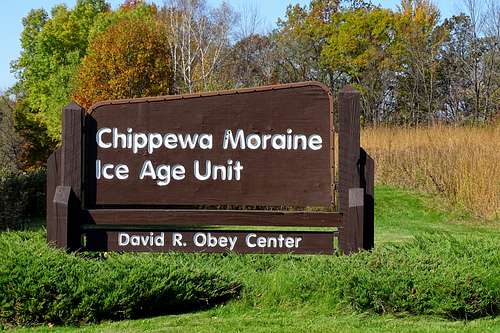
The David R. Obey Ice Age Interpretive Center is kind of like the heart of the Chippewa Moraine, as it serves visitors with an abundance of information that includes natural history displays, educational movies, interactive exhibits and lots of books and pamphlets. The center sits on top of a high hill, which affords some great views of the Chippewa Moraine area, and is open Tuesdays through Sundays, 8:30 AM to 4:00 PM. They can be reached by phone at: (715) 967-2800. Sponsored hikes and trail maintenance on the Ice Age Trail are done every year by the Chippewa Moraine Chapter of the Ice Age Trail Alliance.
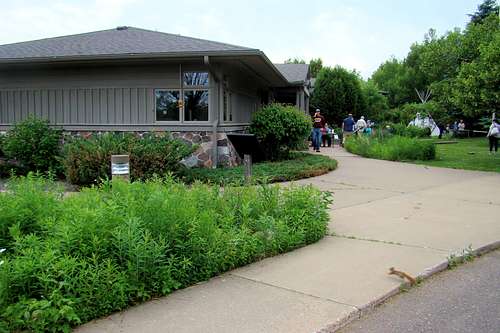
The Chippewa County Forest
The Chippewa County Forest (not to be confused with the Chippewa National Forest of Minnesota) covers over 33,000 acres and has many miles of trails and back roads. The county allows primitive camping in the forest, except where posted. Hikers in the county forest may find places where they will have to share certain trails with mountain bikers, equestrians, snowshoers and on some trails ATV’s. For more information contact: Chippewa County Land Conservation and Forest Management Department, 711 North Bridge Street, Chippewa Falls, WI 54729 or call them at (715) 726-7920.

Getting There
The Interpretive Center for the Chippewa Moraine is 7 miles east of New Auburn, Wisconsin on County Road M. Of course, there are many more possibilities, but this is the most common route from the Highway 53 freeway.

When to Visit
The Chippewa Moraine sees visitors year around, thanks to cold weather activities like showshoeing, ice fishing, skiing and hunting. Of course, visitors will want to take in account forecasts for summer concerns like hail or lightning and winter conditions like blizzards when they are planning. For a look at the forecast and conditions, click on this link: Chippewa Moraine Forecast & Conditions
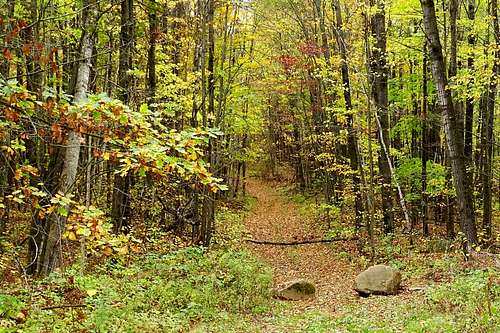
Because of all the lakes, kettles and swamps, mosquitoes are a very real concern, as are the abundant ticks in the area. A very good repellent is a neccessity in warm weather. This area of Wisconsin is considered to have an “abundant” black bear population, so visitors to the area should be prepared. Hunting and trapping are allowed in some locations of the Chippewa Moraine, so if being around hunters is a concern, call the Wisconsin DNR for hunting information at 1-888-936-7463.
Red Tape, Regulations and Information Resources
Theregulations vary somewhat between the Chippewa County Forest, the Chippewa Moraine State Recreation Area and the various state natural areas (SNA’s) in this area. Generally speaking, camping and campfires are off-limits except in designated areas. There are prohibitions against drones, geocaching, rock climbing and horseback riding, unless posted otherwise. ATV’s and snowmobiles are limited to permitted roadways only. Pets must be kept on a leash no longer than 8 feet. Hunting, fishing and trapping are by permit only. For detailed information and maps,
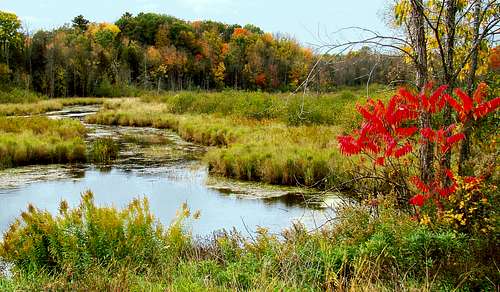
it is best to consult the information links for each one listed below:
North of North Shattuck Lake SNA
The Ice Age Trail Alliance provides advice for all hikers concerned about hunting seasons:
Hunting Season and the Ice Age Trail.
Chippewa Moraine Area Trails
Many of the trails in the Chippewa Moraine are multi-purpose, with some being more like narrow gravel roads. The list here is not exhaustive, and more trails are being planned. The grandest trail through the area is a 7.6 mile segment of the Ice Age National Scenic Trail, which itself is over 1,000 miles long and follows the continental edge of the last glacier in Wisconsin. Though there are several points of acess, many hikers choose to start their hikes at the David R. Obey Interpretive Center. At the interpretive center, there is also access to the 4.5-mile Circle Trail, the 1.8-mile Dry Lake Trail and the .7-mile Mammoth Nature Trail. An interactive link for the Ice Age Trail is here: Ice Age Trail Map
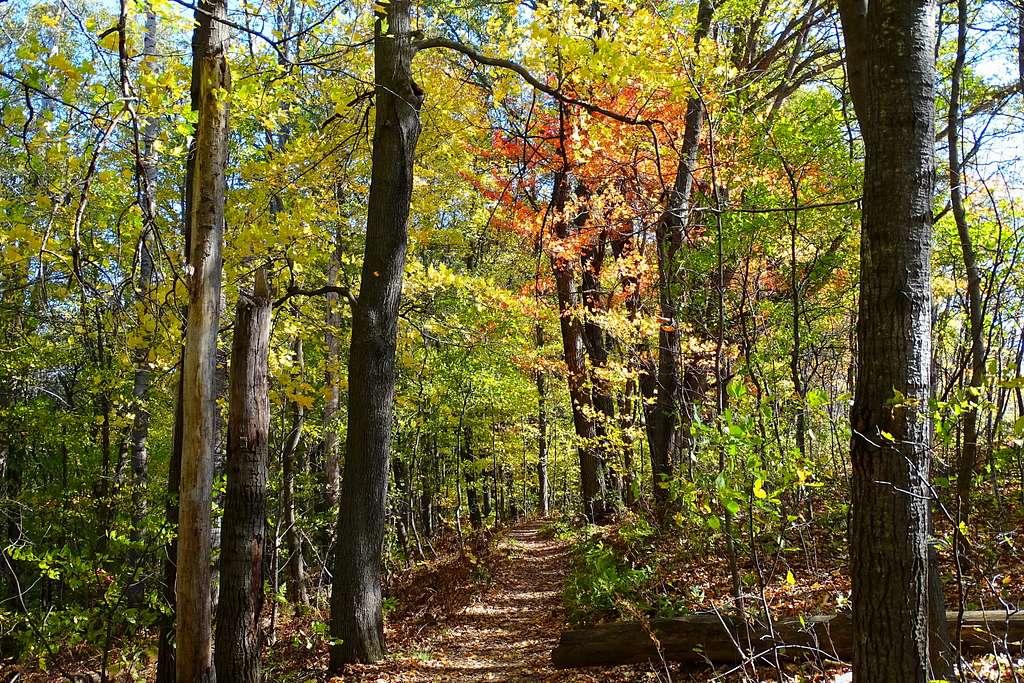
Also, the Ice Age Trail Alliance offers a downloadable Chippewa Moraine Trail Guide.
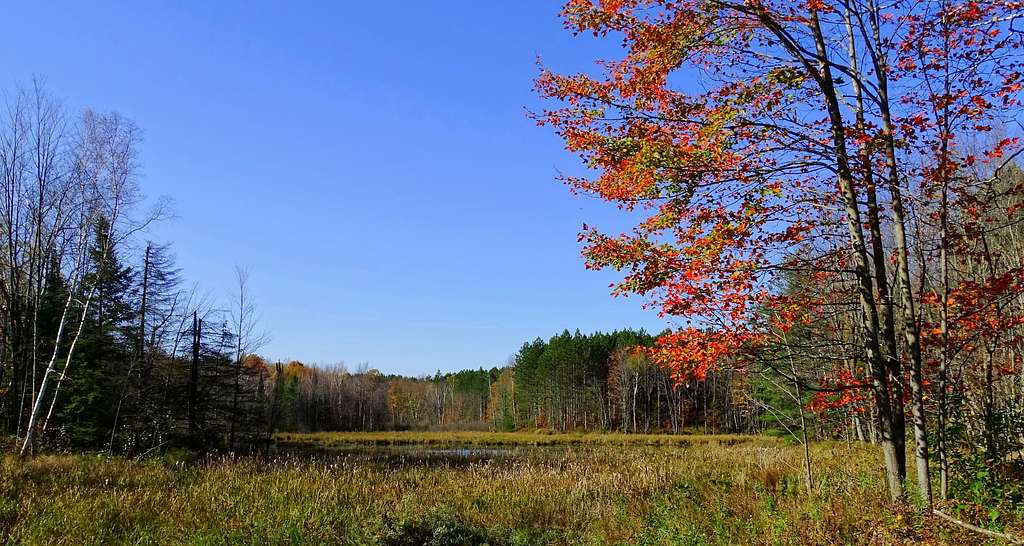
For information on other trails in the Chippewa Moraine, check out the following links with maps:
Deer Fly Trail, High Ridge Trail, O’Neill Trail & Hay Meadow Flowage Trail
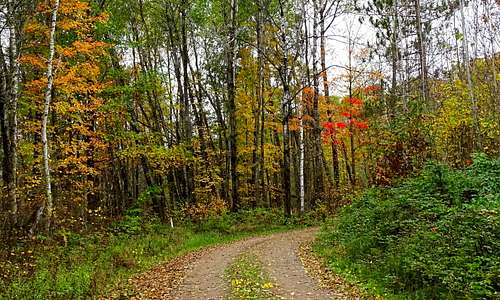
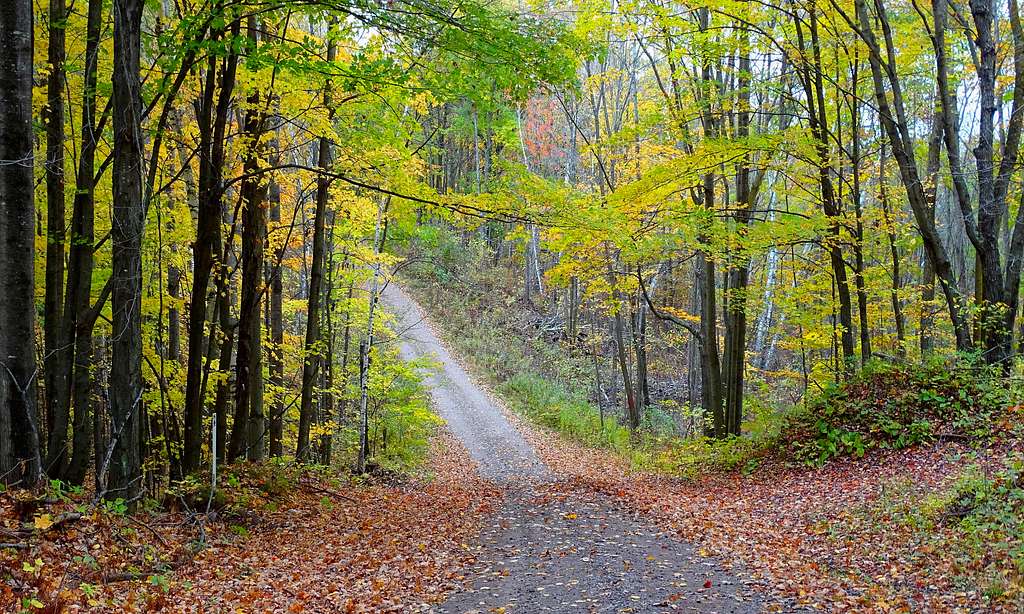
Birch Creek Trail, Spring Creek Trail and Horseshoe Trail
Moonridge Trail and Norway Trail
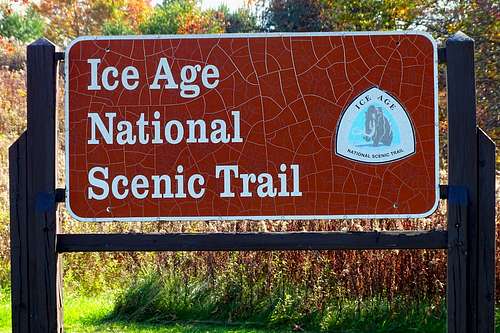
Chippewa Moraine Camping
The Chippewa County Forest posts the following information on county forest camping:
“Overnight camping including tents, trailers, cars and trucks, portable hunting or fishing cabins may be permitted in the county forest without charge for a period not to exceed two weeks time. This is not to include designated campgrounds where full facilities are provided where a charge for camping may be made, nor does it include any areas of the forest designated and identified on-site as "no camping areas".
Please note: Groups or individuals cannot move from one site within the county forest to another after the two week period has elapsed. Groups or individuals who leaving a campsite that has been established for the allowed two week period musts leave the county forest for a period of at least 24 hours, prior to re-establishing a camp in a new location. ALSO: Any camps that are unattended for a period of 48 hours may be considered abandoned and subject to impoundment by the County.
Any camper or campers who violate County rules and regulations as established by the County Code of Ordinances, or of good conduct, including cutting or defacing timber, carelessness with fire, violation of game and fishing laws of the state or improper disposal of garbage and litter shall be subject to ejection from the county forest and subject to the penalties provided by county and state law.”
For more information contact: Chippewa County Land Conservation and Forest Management Department, 711 North Bridge Street, Chippewa Falls, WI 54729 or call them at (715) 726-7920.
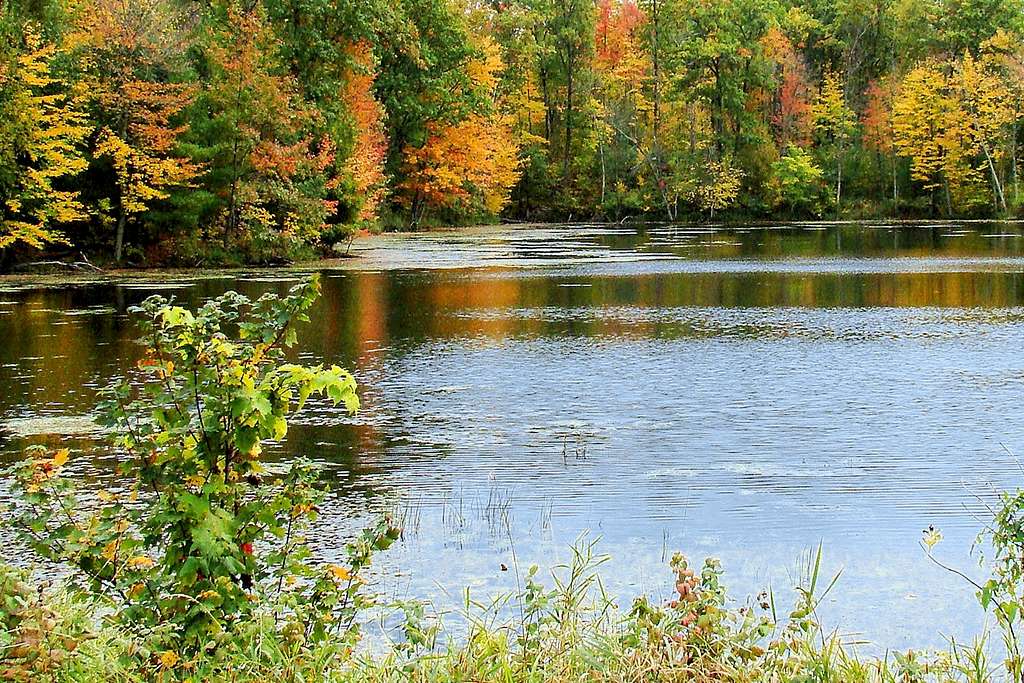
The Chippewa Moraine State Recreation Area has three outpost campsites for primitive camping. For more information, click on this link:
Chippewa Moraine State Recreation Area Camping

